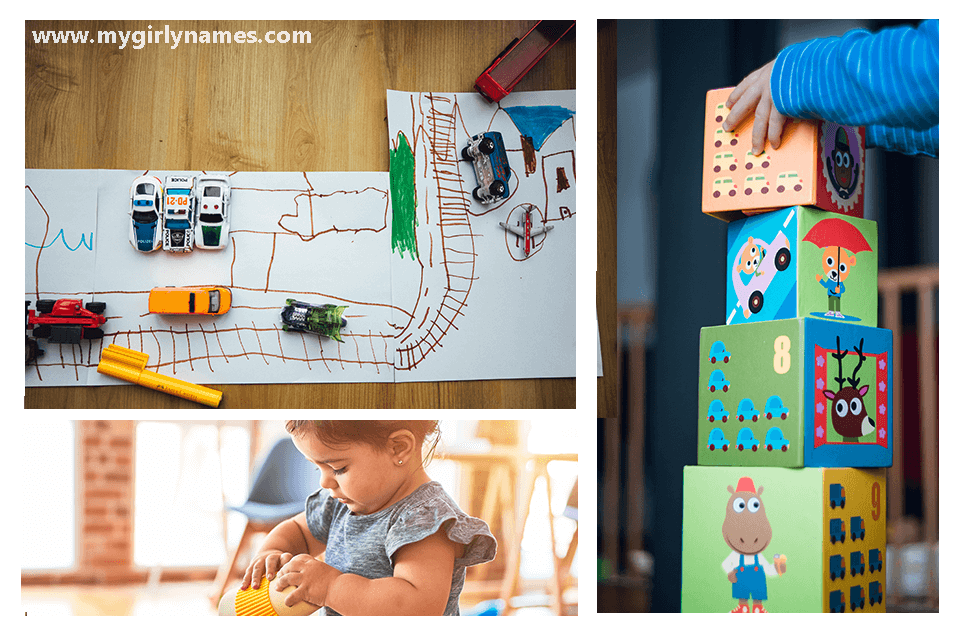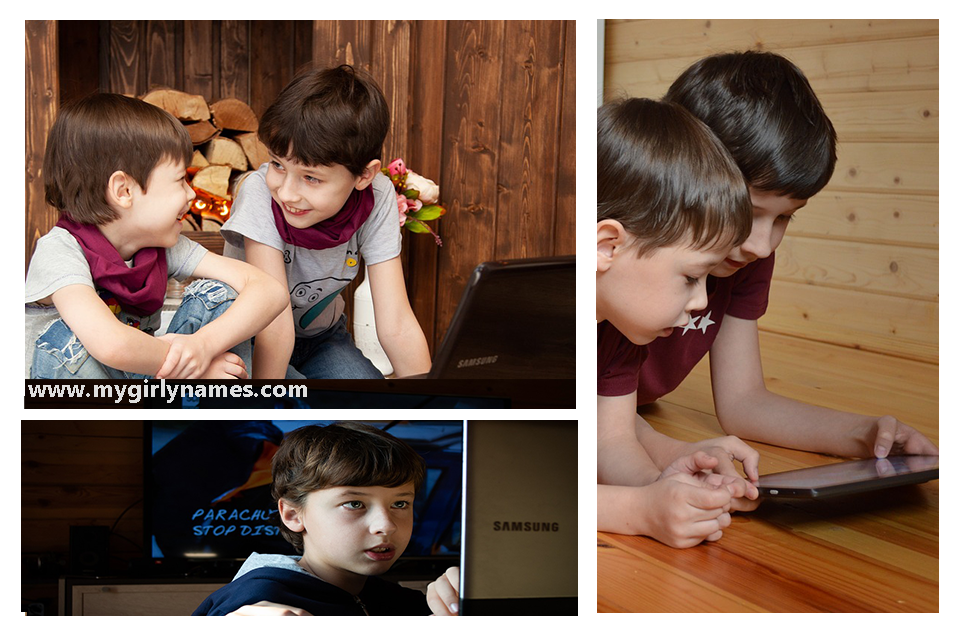Screen time at age 1 year and communication and problem-solving developmental delay at 2 and 4 years. In today’s digital age, the use of screens has become ubiquitous, even among the youngest members of society. Parents often grapple with questions about when and how to introduce screens to their children, especially considering the potential long-term effects on development.
On MyGirlyNames will explore the relationship between screen time exposure at the age of one year and its potential impact on communication and problem-solving developmental delays at two and four years old.

ArrangementScreen Time at Age 1:
Screen time refers to any time spent in front of a screen, including television, smartphones, tablets, and computers. At the age of one, children are in a critical stage of development, where their brains are rapidly growing and forming essential connections. Excessive screen time during this period may interfere with crucial developmental processes.
The American Academy of Pediatrics (AAP) recommends no screen time for children under 18 months, except for video chatting. This guideline is based on research indicating that excessive screen time can disrupt sleep patterns, delay language development, and hinder social interactions in infants and toddlers.
Communication Developmental Delay at 2 Years:
Communication skills are vital for a child’s social and emotional development. By the age of two, children typically begin to use words to express their needs and interact with others. However, excessive screen time during infancy may impede the development of language skills.
Studies have shown that children who are exposed to more screen time at age one are at a higher risk of experiencing communication developmental delays at two years old. This delay may manifest as a limited vocabulary, difficulty understanding and following instructions, and challenges in forming sentences.
Problem-Solving Developmental Delay at 4 Years:
Problem-solving skills are essential for navigating the complexities of daily life and academic success. By the age of four, children should demonstrate the ability to solve simple problems, understand cause-and-effect relationships, and engage in imaginative play. However, prolonged exposure to screens during infancy may hinder the development of these critical skills.
Research suggests that children who have higher screen time exposure at age one are more likely to experience problem-solving developmental delays at four years old. These delays may present as difficulties in completing tasks independently, challenges in adapting to new situations, and a reliance on immediate gratification rather than perseverance.
Factors Influencing Developmental Delays:
While screen time can play a significant role in developmental delays, it’s essential to recognize that it’s not the sole factor. Several other variables can contribute to communication and problem-solving delays in children, including:
- Parental Interaction: The quality and quantity of interactions between parents and children significantly impact development. Limited face-to-face interaction due to excessive screen time can impede language acquisition and problem-solving skills.
- Socioeconomic Status: Children from disadvantaged backgrounds may face additional barriers to development, including limited access to educational resources and healthcare services.
- Genetic Factors: Some children may have underlying genetic predispositions that influence their developmental trajectory. These factors can interact with environmental influences, including screen time exposure.
- Environmental Stimuli: The home environment, childcare settings, and exposure to enriching experiences all play a role in shaping a child’s development.
Practical Tips for Limiting Screen Time:
As parents, it’s crucial to be mindful of the amount and quality of screen time your child receives. Here are some practical tips for managing screen time effectively:
- Set Limits: Establish clear guidelines for screen time and stick to them consistently. The AAP recommends no more than one hour of high-quality programming per day for children aged two to five years.
- Prioritize Other Activities: Encourage your child to engage in a variety of activities that promote physical activity, creativity, and social interaction. These may include outdoor play, reading, imaginative play, and arts and crafts.
- Model Healthy Behavior: Children learn by example, so be mindful of your own screen time habits. Limit your own screen use, especially during family time, and prioritize face-to-face interactions with your child.
- Choose Educational Content: Not all screen time is created equal. Opt for high-quality, age-appropriate educational programs that promote learning and critical thinking skills.
- Create Screen-Free Zones: Designate certain areas of your home, such as the dining room or bedrooms, as screen-free zones to promote family bonding and communication.
Screen time at the age of one can have lasting implications for a child’s communication and problem-solving skills at two and four years old. While it’s essential to recognize the potential risks associated with excessive screen time, it’s equally important to consider the broader context of a child’s development. By implementing practical strategies to limit screen time and prioritize other activities, parents can help support healthy development and ensure their children reach their full potential.




